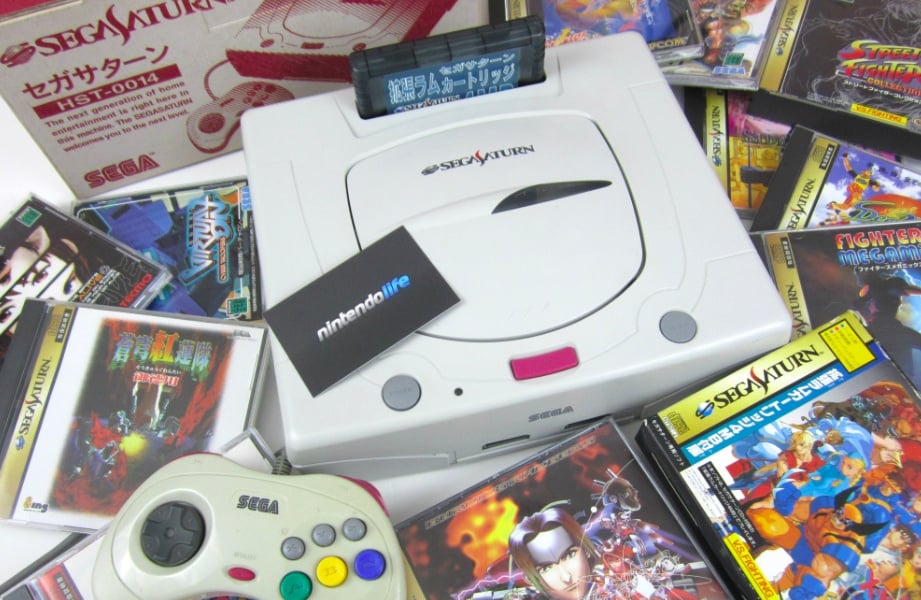

Since the Saturn is the first ‘3D console’ reviewed for this series, let us first go over the fundamental design changes that made way to the new generation of 3D graphics: It’s worth mentioning that the SCU can’t access WRAM-L. The SCU comes with 32 KB of SRAM for local use. Moreover, it relies on the SH-2’s WRAM to fetch and store data (using the DMA). However, it runs at half-speed and its instruction set is more complex. Compared to the SH-2, it does matrix/vectors calculations such as 3D transformations and lighting faster. A DSP: Used as a fixed-point ‘geometry unit’.A DMA controller: Arbitrates access to WRAM across the three main buses without the intervention of the CPUs.The console contains an additional coprocessor, the Saturn Control Unit or ‘SCU’ which is composed of two modules: The other block contains the other megabyte, but it’s named ‘WRAM-L’ since it uses DRAM instead, resulting in lower rates. The first one provides 1 MB of SDRAM and due to its fast access rates, this block is also called ‘WRAM-H’. Now, these two megs are split between two very different blocks. The system contains a total of 2 MB of RAM for general purpose usage called Work RAM (WRAM). Having two CPUs doesn’t mean that games will work twice as fast, in practice, however, this requires very complex programming to efficiently manage CPUs that share the same bus! Cache comes in handy for this occasion. Internal DMA controller: Transfers data from memory independently (without the intervention of the CPU).One division unit: Speeds up division operations with 64-bit/32-bit integers.The specific CPU model selected for this console, the ‘SH7604’ or just ‘SH-2’, contain the following additions: 4 KB cache: Stores a small amount of instructions and data previously fetched from memory to speed up future reads.32-bit data bus: The external bus is shared across the two CPUs.One multiplication unit: Speeds up multiplication operations with 64-bit/32-bit integers.This allows to take advantage of all the CPU’s resources without idling while also incrementing the number of instructions executed per unit of time. The CPU will queue up to five instructions where each one is allocated in one stage.

SEGA SATURN EMULATOR SERIES
These processors are part of the Hitachi SH7600 brand, a series designed for embedded systems featuring: This can achieve some degree of parallelism, albeit both sharing the same external bus (which can lead to congestion). While both physically identical, they are placed in a master-slave state, where the first one may send commands to the second one. The system has not one but two Hitachi SH-2 CPUs running at ~28.63MHz each.

Hopefully, the result didn’t get out of hand! Just in case developers want 3D, Sega adapted some bits of the hardware to enable polygon drawing as well. Sega enjoyed quite a success with the Megadrive so there’s no reason to force developers to write 3D games right now. Remaining RAM chips are fitted on the back Motherboard with important parts labelled Diagram Main architecture diagram Showing 'VA8' revision which includes all components in a single board


 0 kommentar(er)
0 kommentar(er)
